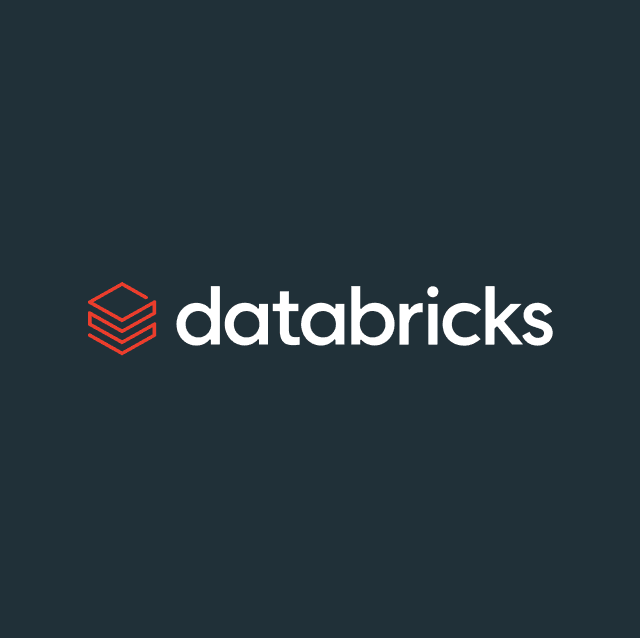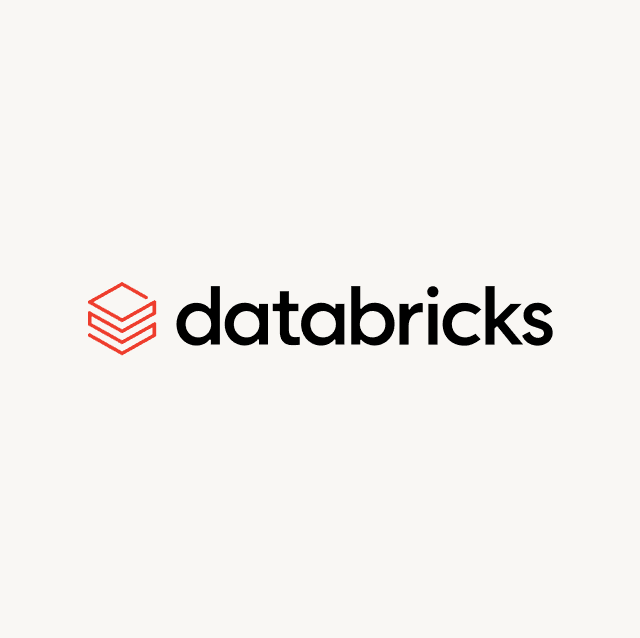In this essay for Hightouch’s The Data Warehouse Advantage in Marketing series, Agness Allagh, the former Head of Marketing Operations and MarTech at Meta unpacks the challenges with unifying customer data and identity to drive personalization across the customer journey and offers best-in-class solutions to orchestrate data across teams, systems, and strategies to fully take advantage of the data warehouse as the source of all customer data.
Google, Firefox, and Safari’s monumental decision to block third-party cookies results in two significant outcomes for marketers. First, it eliminated the identifiers for tracking individuals' web browsing activity, limiting the ability to identify and reach customers across sites and platforms. Second, it raised a premium on the need for insights to drive deeper personal connections with the customer.
The latter hits hard for marketers. When marketers can access insights that inform the customers' unique interactions across the customer journey, they can speak directly and more effectively to customer needs at each lifecycle stage.
Despite the diminished access to third-party data, first-party customer data also provides a gold mine of customer insights that marketers can leverage to drive delightful customer experiences. Unifying the disparate data sources where these first-party data and insights reside leads to enriched customer profiles, fueling the personalized experiences needed to meet engagement and retention goals at scale. However, unifying the data sources is no easy feat; the challenges that enterprises have to tackle are the following:
- Organizational buy-in
- Systems Decisioning
- Change Management
“When marketers can access insights that inform the customers' unique interactions across the customer journey, they can speak directly and more effectively to customer needs at each lifecycle stage.”

Agness Allagh
Former Head of Marketing Operations and MarTech at Meta
Organizational Buy-in is Key to Designing the Best Customer Model
Various teams and stakeholders leverage customer data to generate insights and drive action to achieve their business goals. As such, customer data unification should be part of an enterprise-wide digital transformation strategy and getting org-wide alignment is foundational to its success. All stakeholders and cross-functional teams who are consuming customer data must have a collective buy-in of the data management strategy and its transformational objectives. Since all the data-related requirements originate from these teams, they must have representation throughout all of the phases. From initiation to execution, stakeholders should align on what data to collect and the goals for data collection.
Use Cases and Budget Needs Affect Systems Decisioning
Selecting the right platform(s) is crucial to a successful customer data management strategy. Depending on the organization's internal capabilities and resources, it could boil down to build versus buy choices. As such, decisions involving either a reverse Extract Transform Load (ETL) or Customer Data Platform (CDP) solution to ingest customer data from various sources, a Journey Orchestration Engine, and a Marketing Automation Platform (MAP) should be based on audience segmentation needs, budget, channels, resources, and a rigorous audit process, involving gathering and prioritizing requirements and use cases from multiple stakeholders.
For ingesting customer data and managing customer audiences, there are many considerations for whether a cloud data warehouse would be a good approach. The cloud data warehouse offers a cost-effective way to store data compared to other tools. Additionally, it provides consistency across teams as many teams already rely on the data from the warehouse, making it the single source of truth. When the warehouse is paired with a reverse ETL platform, marketers can activate the data from the warehouse to centrally manage audiences. Finally, the cloud data warehouse allows for more flexibility as consumers can piece together the data in various ways to address their needs, including for customer data initiatives and marketing campaigns.
Across platforms, at a minimum, selected tools should support baseline capabilities, not limited to ease of native integrations, identity resolution, advanced user behavior modeling, and supporting real-time customer segmentation. All of which are essential inputs for driving personalization.
Marketing Operations are Most Effective in Leading the Change Management Charge
With organizational buy-in, data management, and infrastructure strategies accounted for, successful implementation hinges on proper change management. Good change management addresses the challenges associated with adoption. Given its strategic placement within the enterprise, the marketing operations (MOps) function possesses a single view of cross-functional teams, customer data sources, tools, and use cases. As such, the MOps team drives the digital transformation strategy by implementing and overseeing critical transformation requirements. The MOps team facilitates data unification and transformation goals through efficient project management; agile ways of working (Squads/Sprints); data, business, systems, and campaign requirements documentation; and oversight for change management.
Best Practices for Unifying Customer Data and Identity
Granular and practical best practice advice for unifying customer data and identity:
- Objectives and Key Results (OKRs): establish OKRs for each phase of the transformation strategy. OKRs should be measurable and tie back to the organizational objective for transformation. It'll help provide focus and align the teams around a shared goal.
- Digital transformation roadmap: if using a third-party agency to guide the transformation roadmap, carefully vet the selected agency partners based on internally sourced predetermined criteria and performance.
- Implementation and monitoring: Implementation should be driven by agile project management methodologies, including processes and tools for capturing data, business, systems, and campaign requirements in partnership with cross-functional stakeholders in a repeatable and ongoing way. Post-implementation, within marketing operations, designate ownership and a cadence for reviewing audience requirements: creating new audiences, segments, and integrations as needed by marketing stakeholders for ongoing campaign orchestration.
Ready to Take on Customer Data Unification?
Third-party data may seem elusive these days, but first-party data can be a treasure trove of customer insights. Given the ubiquity and usefulness of customer data across teams, early organizational buy-in is key. Systems decisioning should address core needs of audience management, budget, flexibility, and resources. A cloud data warehouse-centric approach allows for central management of audiences, cost-effective storage of customer data, robust combinations and comprehensive sources of data, and limits the number of additional engineering and data team resources needed to implement. Marketing Operations team are well equipped to take the lead on effective change management when it comes to customer data and identity unification.
If you’re interested in learning more about how you can unlock customer data for marketing, read Hightouch’s blog post or talk to one of their experts today.















